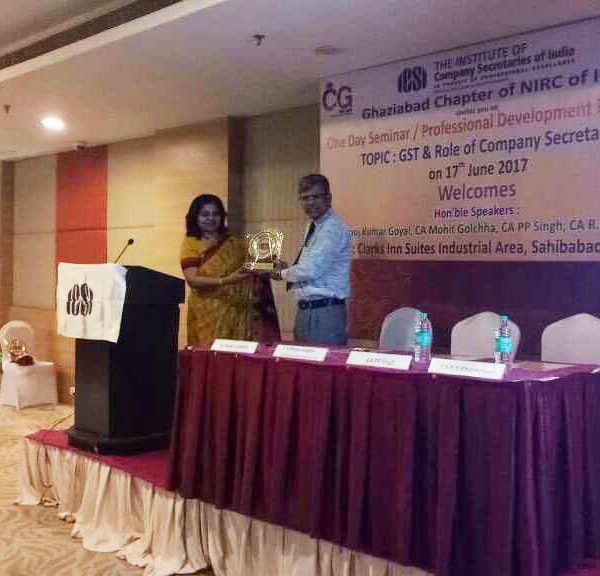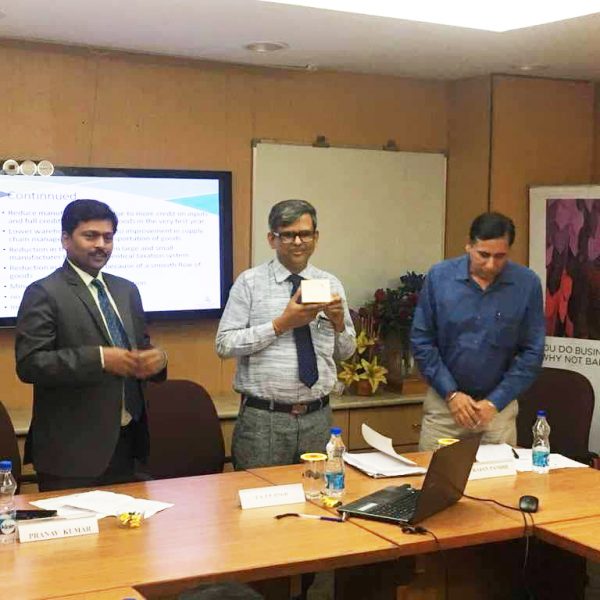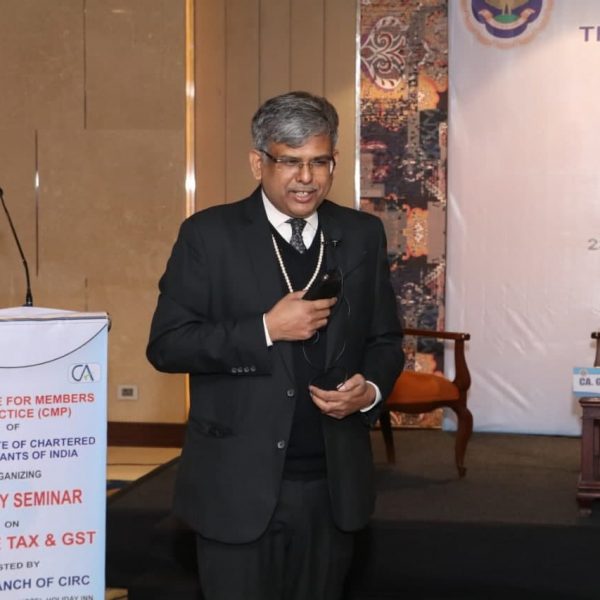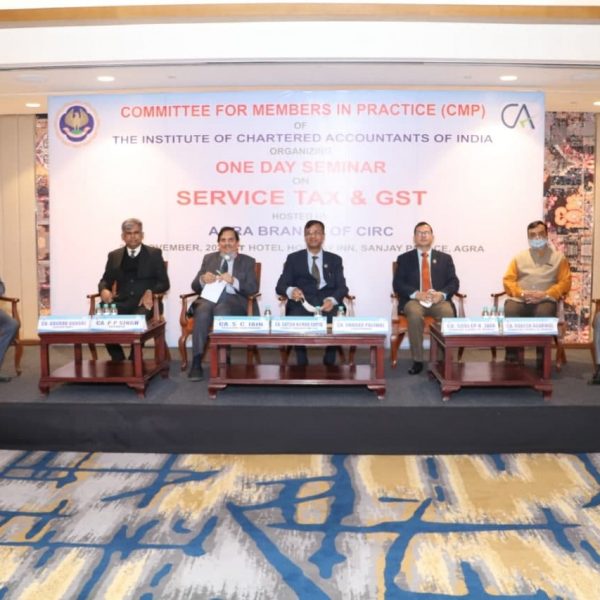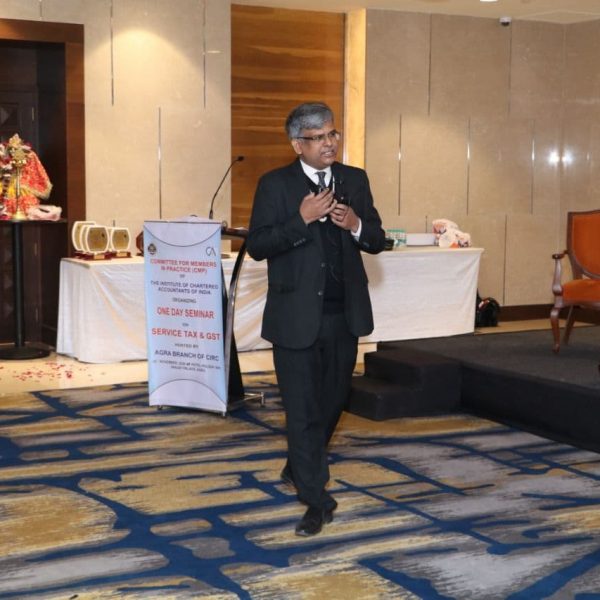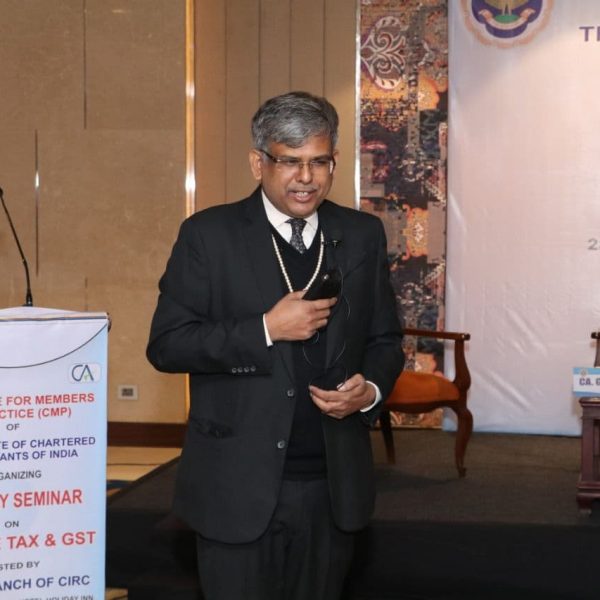Precedents as a source of law. What are the merits and demerits of the doctrine?
Introduction: There are various sources of law such as customs, conventions, precedents, legislation, etc. Precedents refer to a System where a decision is given by a Court Setting out a legal principle being followed by another Subordinate Court or even a Court of the same rank. Judicial precedent or decisions is a process that is followed by the judges to make the decision based on earlier Judgments in Similar issues. In Judicial precedent, the decision is taken by following similar cases that happened in the past and decided. So judicial decision is based on the principle of stare decisis i.e. “stand by the decision already made”.
The doctrine of stare decisis: judicial precedent is based on the doctrine of stare decisis et non quieta movere’.Stare decisis, is a Latin term that means “to stand by the decision already made,” is a legal principle that directs courts to adhere to previous judgments (or judgments of higher tribunals) while resolving a case with allegedly comparable facts. In the English legal system, it is strictly followed and A-141 of the constitution of India has provisions where under law declared by Supreme courts shall be binding on all Courts within the territory of India.
Law declared is binding: the decision not expressed or founded on reasons, nor considerations of the issue Can’t be deemed as law declared. For any adjudication, there must be a lis for adjudication before a Court, a set of material facts, and Judges apply the law and reasons while arriving at a particular decision. It is the res judicata i.e. decision of a Court on an issue duly Supported by reasons in the form of Ratio decidendi that has binding effect. Furthermore, it is important to note that it is the ratio of decision ( ratio decidendi) that has binding effects and not of the casual remark or Something said in court or obiter dicta.
Cases outside the doctrine of Stare decisis and therefore not a precedent / Circumstances destroying or weakening the binding force of precedent.
- Dismissal in limine is not a res judicata so does not have a binding effect as a Judicial precedent. case dismissed on some technical ground such as appeal fee not deposited, barred by limitation, and not decided on merit.
- decisions sub-Silentio or not fully argued: it is a situation when the particular point of law involved in the decision is not perceived by the court or presented to its mind. A point not argued or considered by the court and therefore does not have a binding effect, because the Court may decide differently if Such a point is argued and Considered by the court. example support PointA brought to the notice of the Court but Point B and other points related to the issue were not brought before the court and cont has decided Just considering Point A only, since all the legal Points were not considered, it’s also per incuriam therefore Such decision does not have legal Precedent.
- per incuriam decision having ignorance of Statute (ignorantiam of a statute or other binding authority i.e A finding of per incuriam means that a previous court judgment has failed to pay attention to relevant statutory provision or precedents.) is not binding and doctrine of stare decisis can be relaxed. A decision doesn’t lose its authority because it was badly argued, inadequately considered, and fallaciously reasoned.
- Abrogated decisions – subsequent change in statute or newly enacted Statute has different provisions of law or newly enacted provisions have nullified or overruled the earlier decision. overruling due to the Reversal of Subordinate Court decision by the appellate court or higher court.
- Affirmation or Reversal in appeal on some different ground in the appeal is deprived of any absolute binding force it might otherwise have had, but still remains an authority that may be followed by the Subordinate Court that thinks the particular point has been rightly decided. example Subordinate count decided on ground A and the appellate court affirms but on ground B thinking that it is more suitable to affirm on ground B.
- A decision Inconsistent with an earlier decision of a higher court or overlooked by the earlier decision of the appellate higher court loses its binding force, it is also per incuriam and therefore not binding either on itself or on the lower court.
- Inconsistencies between earlier decisions of the same rank court. this may arise where an earlier stand of the same count is not brought before the court and inadvertently some other decision by the Same Court. it is also given per incuriam and therefore not binding. In such cases, the court is free to follow either and therefore lower court has the freedom to pick and choose anyone because the lower court may follow the latest or disregard based on per incuriam.
- A decision of an equally divided Court but not happening in the present days because of an odd number of Judges remaining in the bench to avoid such a situation.
- The erroneous decision of the same apex court: where the wrong principle is applied to arrive at a decision, the court is free to disregard Such decisions, particularly the Apex court. The Apex court’s earlier decision is not binding on the apex court and the apex court is free to decide.
General Principle of Doctrine of Judicial Precedent
There are two rules that apply to the doctrine of judicial precedents: The first rule says that a court that is lower in a hierarchy is completely bound by the decisions of courts above it in hierarchy.The second rule states that higher courts are bound by their own decision in general in matters related to precedence.
High Court
- The decisions of the high court are binding on all subordinate courts. In case of a conflict between two benches of similar authority, the latter decision is to be followed.
- The more the number of judges in a bench, the higher their authority.
- The decision of one high court is not binding on other high courts but Certainly has persuasive value.
- The Supreme Court is the highest authority and its decisions are binding on all other courts. Article 141 of the constitution says that any law decided by the Supreme Court shall be binding on all courts of the country.
Supreme Court
Article 141 states all courts are legally bound to the Supreme Court’s judicial decisions with the exception of the Supreme Court itself. The Supreme Court is not bound by its own decisions.
However, the Supreme Court recognises that its earlier decisions cannot be deviated from, except in case of extenuating circumstances. If an earlier decision is found to be incorrect, the Supreme Court will deviate from it.
The Supreme Court is not bound by the decisions of the Privy Council and the Federal Court of India. Prior to adopting the constitution of India, the Supreme Court of India was a federal court of India. They only have a persuasive value in the Supreme Court. However, they command great respect in the Supreme Court.
The Supreme Court is not bound by the decisions of foreign courts like the Supreme Court of the USA or UK but such decisions may have persuasive value.
A-142 Judgment has no precedential value.
Importance of judicial precedent as a source of law
1)Declaratory Theory Judges discover laws and declare them in a Judgements
2) Judges made law, and Judges can make law also. For example, if the Supreme Court of the USA declares any law or part thereof ultra vires, it will declare law on that point. Similarly, the Indian Supreme Court has also issued guidelines if there is no law at all and directed the legislature to make law on those Subject Matters. For example in the case of Vishakha vs. the State of Rajasthan (SC) (1997) guidelines were issued to protect women from Sexual harassment at the workplace. Similarly under A-142 Supreme Court can pass any order for complete Justice. Recently in the case of Ashish Aggarwal & ors Vs. UOI (2022) court has validated all the notices of income tax though declared invalid by Several High courts.
1) Declaratory Theory: -According to this theory, the main function of judges is to discover and the declaration of law, not to make the law. The main jurists of this theory are Black Stone, Coke, and Baddeley. This theory provides that Judges only discover the law. They discover and declare . Black Stone:-The function of judges is a declaration of the law, not making the law. Coke: Judicial decisions are not a source of law but the best proof of law . Baddeley: There is no such thing as judge-made law. This theory was criticized on several grounds.
Bentham and Austin: legislative power is not with Courts and they can not even claim it. Salmond: both at law and in equity, however, the declaratory theory must be totally rejected.
2) Judges Made Law: – According to this theory judges not only declare the law but also, they can make the law. The main jurists of this theory are Lord Bacon, Gray, and Dicey. Lord Bacon: the points which the judges decide in cases of first impression is a “distinct contribution to the existing law”.
Gray: Judges alone are the makers of Law.
Dicey: Where a statute clearly lays down the law, the judge has to enforce it. The judge is confined to the facts of the case while enunciating legal principles. Within those limits alone it can be said that judges make law.
Types of Judicial Precedent
- Original Precedents and Declaratory Precedents: As John William Salmon explained, a declaratory precedent is one where there is only application of an already existing rule in a legal matter. Whereas, an original precedent is one where a new law is created and applied in a legal matter. Original precedents are responsible for the creation of new laws.
- Persuasive Precedents: A persuasive precedent is a type of precedent where the judge is not required to follow the precedent in a legal matter but will take the precedent heavily into consideration. So a persuasive precedent is not a direct source of law but is considered a historical source of law. In India, the decisions of one high court can act as persuasive precedents in other high courts.
- Absolutely Authoritative Precedents: In an absolutely authoritative precedent, the judges have to compulsorily follow the judicial decision of the precedent in a case of law. In other words, even if the judge finds the precedent to be a wrong judgment, he is legally bound to give the same judicial decision. For e.g. – Every court in India is absolutely bound by decisions of courts superior to itself because of hierarchy. As per A-141 of the Constitution of India, The law declared by the Supreme Court shall be binding on all courts within the territory of India.
- Conditionally Authoritative Precedents: A conditionally authoritative precedent is one where generally the precedent is absolutely authoritative but in certain special circumstances, like a Supreme Court decision, can be disregarded by the Supreme Court itself. The court can disregard the decision, if it is a wrong decision, or goes against the law and reason.
Merits of The Doctrine of Precedents:
- Respect for ancestors’ opinions on legal points. It shows respect to one ancestors’ opinion. Eminent jurists like Coke and Blackstone have supported the doctrine on this ground. They say that there are always some reasons behind these opinions, we may or may not understand them.
- Precedents are based on customs, and therefore, they should be followed. Courts follow them because these judicial decisions are the principal and most authoritative evidence that can be given of the existence of such a custom as shall form a part of the common law.
- Convenient to Court & save time of court: As a matter of great convenience, it is necessary that a question once decided should be settled and should not be subject to re-argument in every case in which it arises. It will save the labour of the judges and the lawyers.
- Precedents bring certainty to the law. If the courts do not follow precedents and the judges start deciding and determining issues every time afresh without having regard to the previous decisions on the point, the law would become the most uncertain.
- Precedents bring flexibility to law. Judges in making their decisions are influenced by social, economic, and many other values of their age. They mould and shape the law according to the changed conditions and thus bring flexibility to the law.
- Precedents are Judge made laws so have practical applicability. Therefore, they are more practical. They are based on cases. It is not like statute law which is based on a priori theory. The law develops through precedents according to actual cases.
- Save time for Court proceedings for other important Cases.
help in the development of law, settling the dispute, and bringing to a position for further analysis and growth.
Demerits of The Doctrine of Precedents:
- There is always a possibility of overlooking the previous Judgements due to the rapid increase in the number of cases has an overwhelming effect on the judge and the lawyer. It is very difficult to trace out all the relevant authorities on a particular point.
- Sometimes, the conflicting decisions of the superior tribunal throw the judge of a lower court on the horns of a dilemma. The courts faced what an English judge called a “complete fog of authorities.”
- A great demerit of the doctrine of precedent is that the development of the law depends on the incidents of litigation. Sometimes, the most important points may remain unadjudicated because nobody brought an action upon them.
- A very grave demerit or rather an anomaly of the doctrine of precedent is that sometimes, extremely erroneous decisions are established as law due to not being brought before a superior court. for example, there is a Judicial error in Judgement and an appeal not preferred before SC against Such Judgment.
- An overruled case may be quoted before the court or important landmark decisions may skip, therefore Judges and jurists must remain active and vigilant to avoid such situations.

